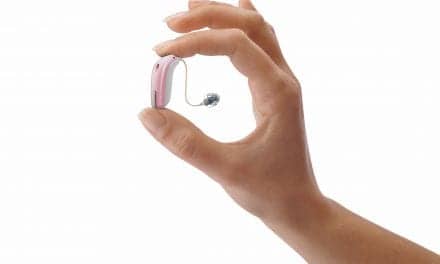12-14-2006
In a survey of noise levels of the New York City transit system, researchers at Columbia University’s Mailman School of Public Health found that exposure to noise levels in subways have the potential to exceed recommended guidelines of the World Health Organization (WHO) and the US Environmental Protection Agency (EPA). According to the research, as little as 30 minutes of exposure to decibel levels measured in the New York City transit system per day has the potential to result in hearing loss. The findings were published in the September issue of the Journal of Urban Health, a publication of the New York Academy of Medicine.
“Noise exposure and noise-induced hearing loss is a global health problem of significant magnitude, especially in urban settings, yet published data are extremely limited,” says Robyn Gershon, DrPH, professor of Sociomedical Sciences at the Mailman School of Public Health and lead author of the study.
Gershon and co-authors report that the findings suggest that, “Daily exposure to noise on subway platforms and subway cars has the potential to cause hearing loss. At the highest level obtained on the platform (106 decibels), the allowable limit under WHO and EPA is only 30 seconds. More than 1 in 10 of the platform measurements exceeded 100 decibels—which translates into an allowable limit of only 1.5 minutes.”
Further, Gershon notes that “maximum levels inside of subway cars were even greater, and could lead to serious exposures, although more research is needed to determine exactly how much exposure that frequent, long distance, long-term riders experience.” This research by safety experts at the Mailman School is the first scientific subway noise assessment in over 30 years, and believed to be one of only two papers published on NYC subway noise; the last one was in the 1930s.
Average and maximum noise measurements were made using a precision sound level meter on subway platforms located in the four New York boroughs with underground subways (Manhattan, Brooklyn, the Bronx, and Queens). The average maximum noise level on subway platforms measured was 94 decibels (dBA). The average maximum inside of subway cars was 95 dBA, and at bus stops, the average maximum was 84 dBA. For comparison, approximate levels of familiar sounds are: 45-60 dBA for normal conversation, 100 dBA for a chainsaw and 140 dBA for a gunblast. The logarithmic nature of decibels means that every 10 dBA equals a 10 fold increase in intensity. Thus a 90 dBA sound is 10 times as intense as an 80 dBA sound.
To determine if noise levels varied by location on the subway platforms, measurements were made at three different locations on each platform: the front end, the middle section, and the rear section of the platform. For all measurements, other conditions that could affect noise levels, such as passing trains, air brake release, police sirens, subway musicians etc., were also noted.
Earlier research by Columbia University’s Mailman School of Public Health offered a comprehensive look at subway-related health and safety hazards that might affect both riders and subway workers. While this assessment found that subways in general, and the New York City subway system in particular, are relatively safe, especially in comparison to automobile use, they may be associated with a wide range of potential health hazards. The New York City subway system is the largest and the second oldest system in the US, with over 450 subway stations, 500 subway trains, and over 2,000 miles of track. Operating 24 hours a day throughout NYC, it has almost 4 million riders per weekday, which is the fifth largest ridership in the world.
Because excessive noise exposure can ultimately result in noise induced hearing loss, Gershon notes that risk reduction is the best strategy. Many steps have been taken and continue to be taken by large transit systems, including the Metropolitan Transit Authority, to help reduce subway noise. Steps that individuals can take include the use of personal hearing protection devices (eg, earplugs and earmuffs). The use of cotton or fingers only reduces the noise levels slightly. The use of personal listening devices, which many may think is protective, can actually contribute to noise exposure if they are played at high volumes. Public education and awareness on hearing protection in general, is highly recommended.
[SOURCE: Medical News Today, October 2006]




